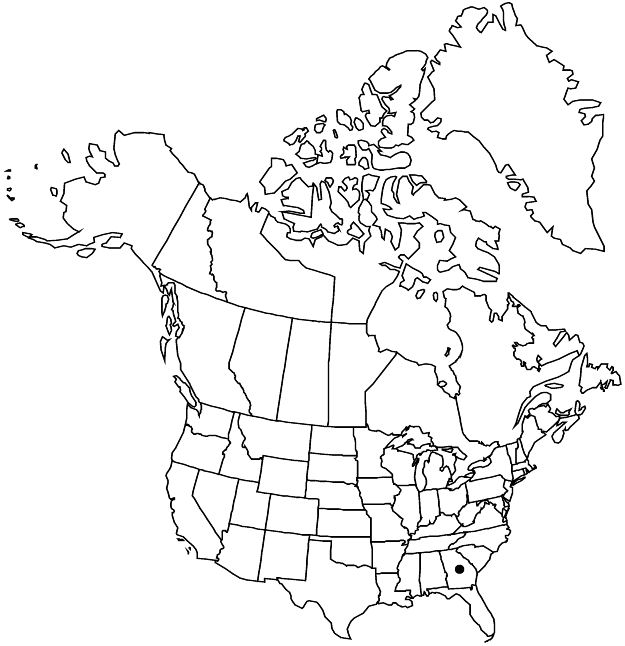Difference between revisions of "Tamarix tetragyna"
Linnaea 2: 258. 1827.
Introduced
FNA>Volume Importer |
FNA>Volume Importer |
||
| Line 51: | Line 51: | ||
|publication year=1827 | |publication year=1827 | ||
|special status=Introduced | |special status=Introduced | ||
| − | |source xml=https://jpend@bitbucket.org/aafc-mbb/fna-data-curation.git/src/ | + | |source xml=https://jpend@bitbucket.org/aafc-mbb/fna-data-curation.git/src/f6b125a955440c0872999024f038d74684f65921/coarse_grained_fna_xml/V6/V6_791.xml |
|genus=Tamarix | |genus=Tamarix | ||
|species=Tamarix tetragyna | |species=Tamarix tetragyna | ||
Revision as of 21:17, 24 September 2019
Shrubs or trees, to 4 m. Leaves sessile or amplexicaul; blade lanceolate, 1.5–6 mm. Inflorescences 2–15 cm × 5–10 mm; bract exceeding pedicel, sometimes reaching calyx tip. Flowers 4–5-merous; sepals 2 mm, margins entire or denticulate; petals obovate to ovate, 2–5 mm; antisepalous stamens 4–5, filaments confluent with nectar disc lobes, antipetalous stamens 1–4, smaller, filaments alternate with nectar disc lobes, all originating from edge of disc.
Phenology: Flowering spring(–summer).
Habitat: Coastal areas
Elevation: 0–300 m
Distribution

Ga., sw Asia, ne Africa.
Discussion
Selected References
None.
Lower Taxa
None.